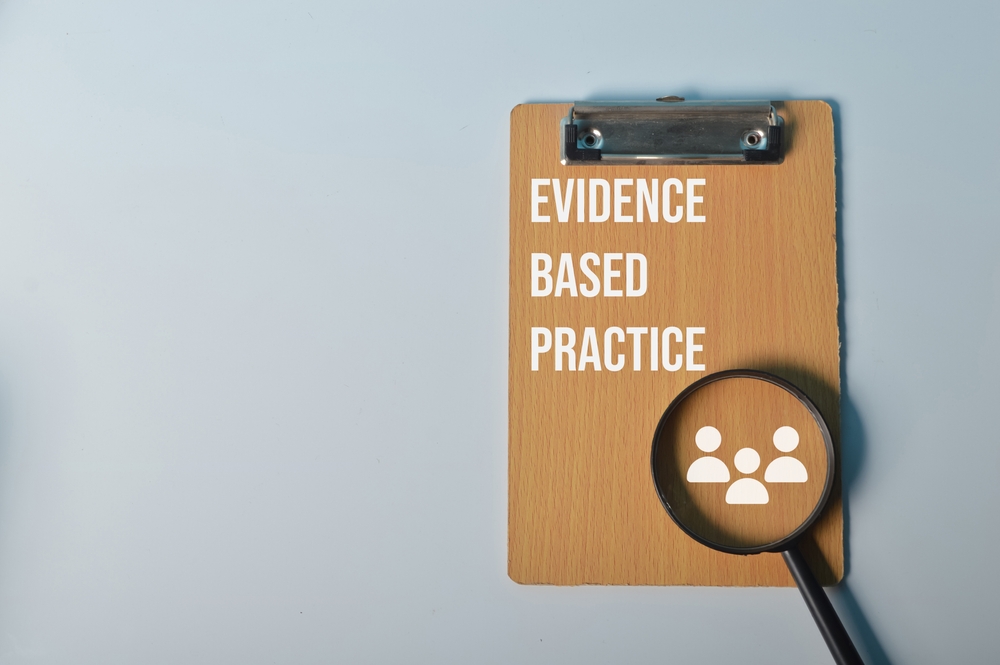Review of Testing Treatments: the book
Posted on 2nd April 2014 by Danny Minkow

Testing Treatments key message:
The book that could be called: The ‘Patient Revolution’ manifesto!
What is the book about?
This book answers important evidence questions such as:
- How do we know if a treatment works?
- What is a fair test?
- Why are fair tests important?
Testing Treatments was written by Evidence Based Medicine’s gurus Imogen Evans, Hazel Thornton, Iain Chalmers, and Paul Glasziou. The foreword was written by Evidence Based Medicine’s rock star, Ben Goldacre. This book was written to help the public learn the importance of:
- Asking the right research question
- Designing and conducting research properly
- Publishing all the results and making them accessible
- Producing unbiased and useful research reports
Testing Treatments provides many examples and stories of how research has gone wrong in the past and the painful costs of those incidents.
Who is the book for?
The book is written for students, patients, patient advocates, journalists, policy makers, researchers, and healthcare professionals.
Why should you read this book?
Testing Treatments is an easy-to-read guide for better research. Key points are listed at the end of each chapter. Although this book covered some similar ground as the Understanding Evidence-based Healthcare: A Foundation for Action course (See my review of this course here), it went into further details on what action to take in order to be part of the solution. To me, the most important part of this book was the actionable, 8 point “blueprint” for a way forward in Evidence Based Medicine.
- Increase general knowledge about how to judge whether claims about treatment effects are trustworthy
- Increase focus on and knowledge about systematic reviews of research evidence about the effects of treatments
- Encourage honesty when there are uncertainties about the effects of treatments
- Identify and prioritise research addressing questions deemed important by patients and clinicians
- Confront double standards on consent to treatment
- Tackle inefficiencies within the research community
- Outlaw biased publication practices
- Demand transparency of information about commercial and other conflicts of interests
Everyone is trying to sell a book these days; how much is it?
Well, if you want, you can buy a hard copy, but the authors have made it available for free. Just follow the last link below to download it for free.
Have you read Testing Treatments? What did you think?
Links:
Evans, I., Thornton, H., Chalmers, I., & Glasziou, P. (2011). Testing Treatments: Better Research for Better Healthcare (2nd ed.). London: Pinter & Martin. Retrieved from http://www.ncbi.nlm.nih.gov/books/NBK66204/
http://www.testingtreatments.org/tt-main-text/
Testing Treatments interactive website that is a follow project from the book: http://www.testingtreatments.org/
Video introduction to Testing Treatments interactive: http://youtu.be/YD2D3gmK-W4
Testing Treatments interactive English are partners with Students 4 Best Evidence.




No Comments on Review of Testing Treatments: the book